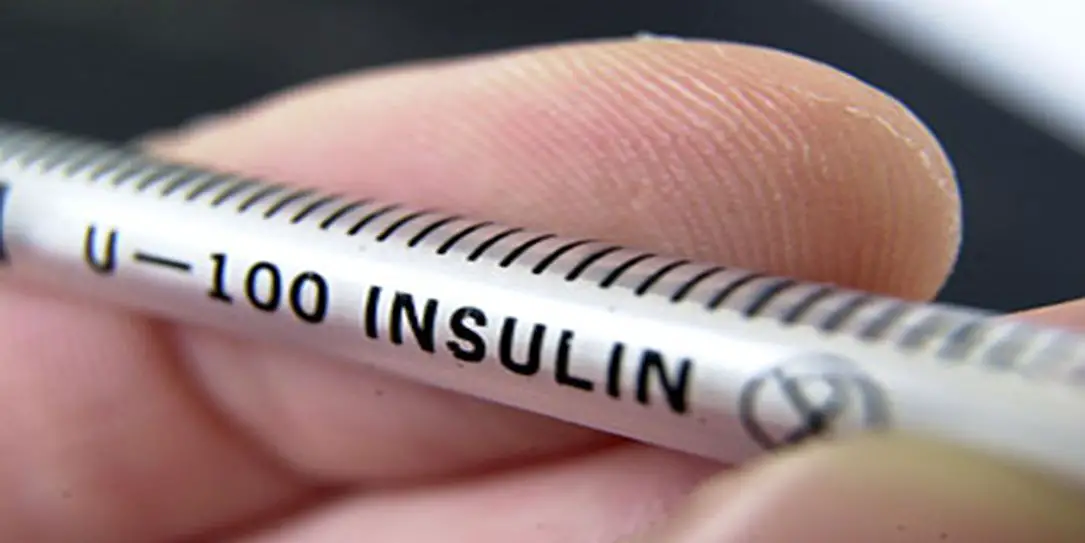Diabetes Mellitus, commonly referred to as just Diabetes, is a collective of metabolic diseases that cause a prolonged period of high sugar levels in the blood. Leaving it untreated can cause long term complications like cardiac events, stroke, kidney failure, foot ulcers, and eye damage. The main cause of Diabetes is either when the pancreas fails to produce enough — or any — insulin, or if the body is unable to process and use the insulin that the body does produce. In the event of Type 1 Diabetes, insulin injection is necessary. In type 2 Diabetes, insulin is processed with the aid of pills. Variations and hybrids of the two types are also possible.

A new approach to treating diabetes may be on its way thanks to some researchers at Washington University School of Medicine in St. Louis and Harvard University. They were able to develop insulin-secreting cells using stem cells from patients with Type 1 Diabetes. This allows the body to produce its own insulin in response to sugar, and thus controlling the subsequent content of said sugar in the blood. This has been tested both in culture and in mice, and in both cases the cells secreted insulin in response to glucose. This would eliminate the need for insulin shots, making the treatment of Diabetes a less invasive or apprehensive one.
Surprisingly, the stem cells that were to become insulin producing beta cells are formed from the skin of diabetic patients. There was initial concern that these cells would be defective since they came from those having the disease but it was found that these stem cells did indeed still differentiate into beta cells. Previous studies did have issues with tumors developing but as of now, no tumors have been detected in mouse studies even up to a year after cells were implanted. This method can be ready for clinical trials in less than 5 years, where cells would be implanted under the skin of patients in an outpatient procedure and would allow quick access by the beta cells to the blood supply. Until now, some success has been found by transplanting beta cells and/or the pancreas from donors, but this is subject to the body’s ability to accept or reject the donor’s organ. If the patient’s own cells are used to provide beta cells, it would eliminate the whole process of finding a compatible donor that may or may not be rejected, cutting valuable treatment time and resources and an eventual elimination of what’s quickly becoming the largest killer in the US.
[button link=”http://www.nature.com/ncomms/2016/160510/ncomms11463/full/ncomms11463.html” icon=”fa-external-link” side=”left” target=”blank” color=”285b5e” textcolor=”ffffff”]Source: Nature Communications [/button]









